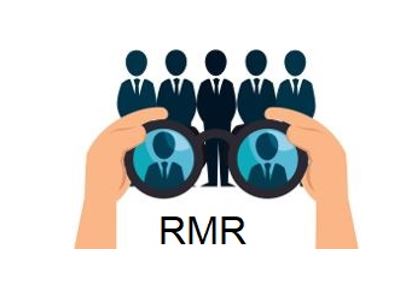1. Project Planning and Coordination:
- Develop Project Plans: Create comprehensive project plans outlining scope, timelines, budget, and resources.
- Coordinate with Stakeholders: Engage with clients, architects, engineers, and other stakeholders to ensure project requirements and expectations are met.
- Establish Milestones: Set key milestones and deliverables, and ensure the project stays on track.
2. Budget and Financial Management:
- Budget Management: Develop and manage project budgets, including estimating costs and controlling expenses.
- Financial Reporting: Prepare financial reports and forecasts for stakeholders, and address any budgetary issues or discrepancies.
3. Project Execution and Monitoring:
- Oversee Construction Activities: Supervise daily construction activities to ensure work is completed according to specifications, quality standards, and safety regulations.
- Monitor Progress: Track project progress and make adjustments as necessary to meet deadlines and project goals.
- Quality Assurance: Ensure that all work meets the required quality standards and regulatory compliance.
4. Risk Management:
- Identify Risks: Assess potential risks and develop mitigation strategies to minimize impact on the project.
- Resolve Issues: Address and resolve any problems or conflicts that arise during the construction process.
5. Team Management:
- Lead Teams: Manage and lead project teams, including site managers, supervisors, and subcontractors.
- Resource Allocation: Allocate resources effectively and ensure that team members are appropriately skilled and trained.
6. Compliance and Regulatory Adherence:
- Ensure Compliance: Ensure all construction activities comply with local regulations, building codes, and safety standards.
- Permit Management: Obtain and manage necessary permits and approvals for construction activities.
7. Client and Stakeholder Communication:
- Client Relations: Maintain strong relationships with clients, addressing their needs and providing regular updates on project progress.
- Stakeholder Engagement: Communicate effectively with all stakeholders, including government agencies, local communities, and subcontractors.
8. Documentation and Reporting:
- Maintain Records: Keep detailed records of project documentation, including contracts, change orders, and progress reports.
- Reporting: Provide regular progress reports and updates to clients and senior management.
9. Health, Safety, and Environment:
- Safety Management: Implement and enforce safety protocols to ensure a safe working environment for all personnel.
- Environmental Compliance: Ensure that construction practices comply with environmental regulations and sustainability standards.
10. Project Close-Out:
- Final Inspection: Oversee the final inspection and ensure that the project is completed to the satisfaction of the client.
- Handover: Facilitate the handover process, ensuring all documentation is complete and the client is fully informed.





